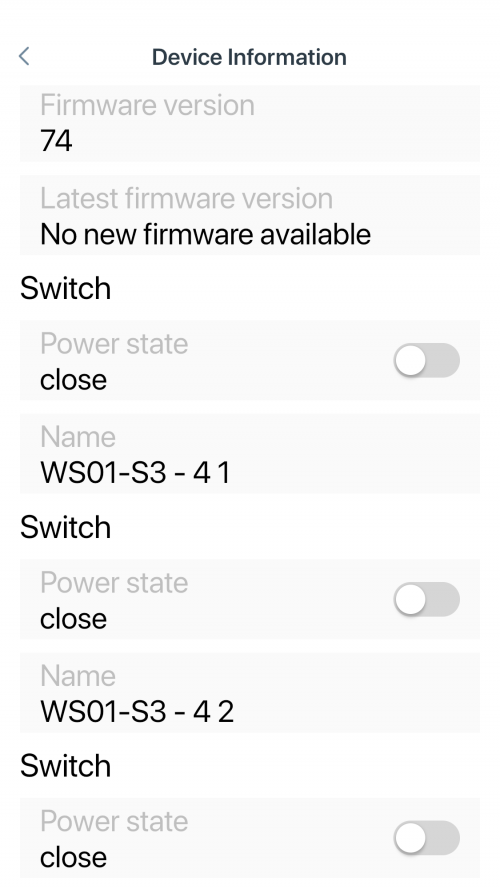Thanks for sharing.
Your network design is pretty close to what I’m exploring for my use case. I intend to deploy Zigbee-based devices as much as possible since they’ve the best HomeKit support among competing wireless technologies (apart from WiFi). WiFi is easy to setup but has its own maintenance and configuration issues as you noted. Incidentally I’m also using Ubiquiti with a dedicated WiFi VLAN for the IoT devices, so that everything is isolated from the main Wi-Fi users.
There is actually a Smart Home topic under the Properties board but they are a bit newbie agnostic as most of the people who hang out there have been doing this for ages and HomeKit is not one of the recommended system (due to the lack of good options locally).
I have not heard of Terncy before this. Will need to research on them more. Hue is just too expensive for me, despite the good HomeKit track record. I’ve also tried IKEA Tradfri (with the Tradfri Hub - not sold in Malaysia). It can be made to work but System stability is an issue for many people, though I have not encountered it myself since I only have one Tradfri LED driver for testing. Assigning static IP address to the Tradfri hub is one of the essential steps for stability.
HomeKit version is also important. Either stick with iOS 12.x or else upgrade to 13.4.x and above. iOS 13.0 - 13.3 had bad incompatibilities with earlier iOS version and/or other bugs. I think the AppleTV is the best option as a HomeKit hub since it is locally available and always on.
Currently Aqara/Xiaomi is the brand I plan to use for my home renovation (unless I decide to switch to Terncy, haha). With the latest Mi Version 3 Hub (USB powered version), it is pretty stable and HomeKit automations are quite responsive. The only drawback is that you must connect to the CN server for it to recognize the various Mi-branded devices. Controlling the devices using the Mi-app has some lag due to the need to access the CN server. There is supposed to be a way to implement local LAN control but I haven’t explored this yet. My goal is actually to not use the app for normal control but to use physical devices (e.g., smart switch) and HomeKit automations, so the Mi-app response time may not be very important in the long run.
Note that I’ve only tested the Mi-HomeKit automation (created in the Home app, not in the Mi-app) using the Aqara branded Motion sensor, other sensors such as the Mi light sensor are visible in HomeKit (not sure about the latest Aqara D1 wall switch, but not all Mi-branded devices are visible in HomeKit yet), but cannot be used as triggers. Other HomeKit apps (e.g. Eve) may provide more support but I haven’t spent time developing automations yet. The Aqara motion sensor is used to trigger the Tradfri driver on/off, so HomeKit does support some level of cross-brand compatibility.
In terms of technology, my first preference is Zigbee. I’ve tried BLE (Yeelight BLE Mesh spotlights) but they’re not very responsive (2-5 sec response time) compared to Zigbee which responds within 1-2 seconds normally. However, in iOS 13.4, switching devices on/off from the Home App is now quite slow. I don’t know why that is happening (Maybe it is due to the iPhone being in a separate VLAN from my AppleTV hub which is in the IoT VLAN), though automation response time are unaffected and is still responsive.
This post has been edited by tcwan: Apr 18 2020, 08:56 AM
Apple Homekit Discussion Thread, Your Home At Your Command


 Apr 18 2020, 08:52 AM
Apr 18 2020, 08:52 AM
 Quote
Quote

 0.0331sec
0.0331sec
 1.09
1.09
 7 queries
7 queries
 GZIP Disabled
GZIP Disabled